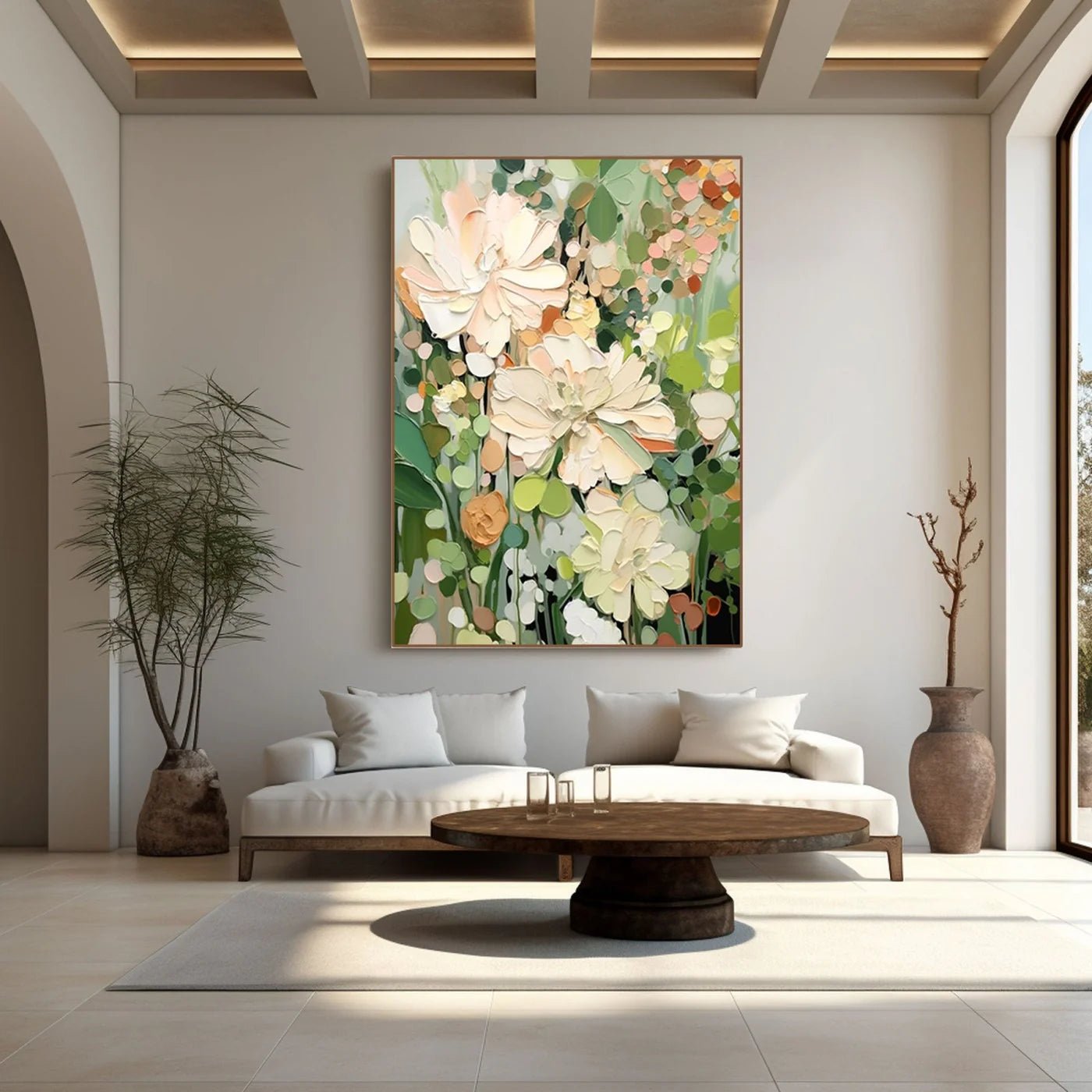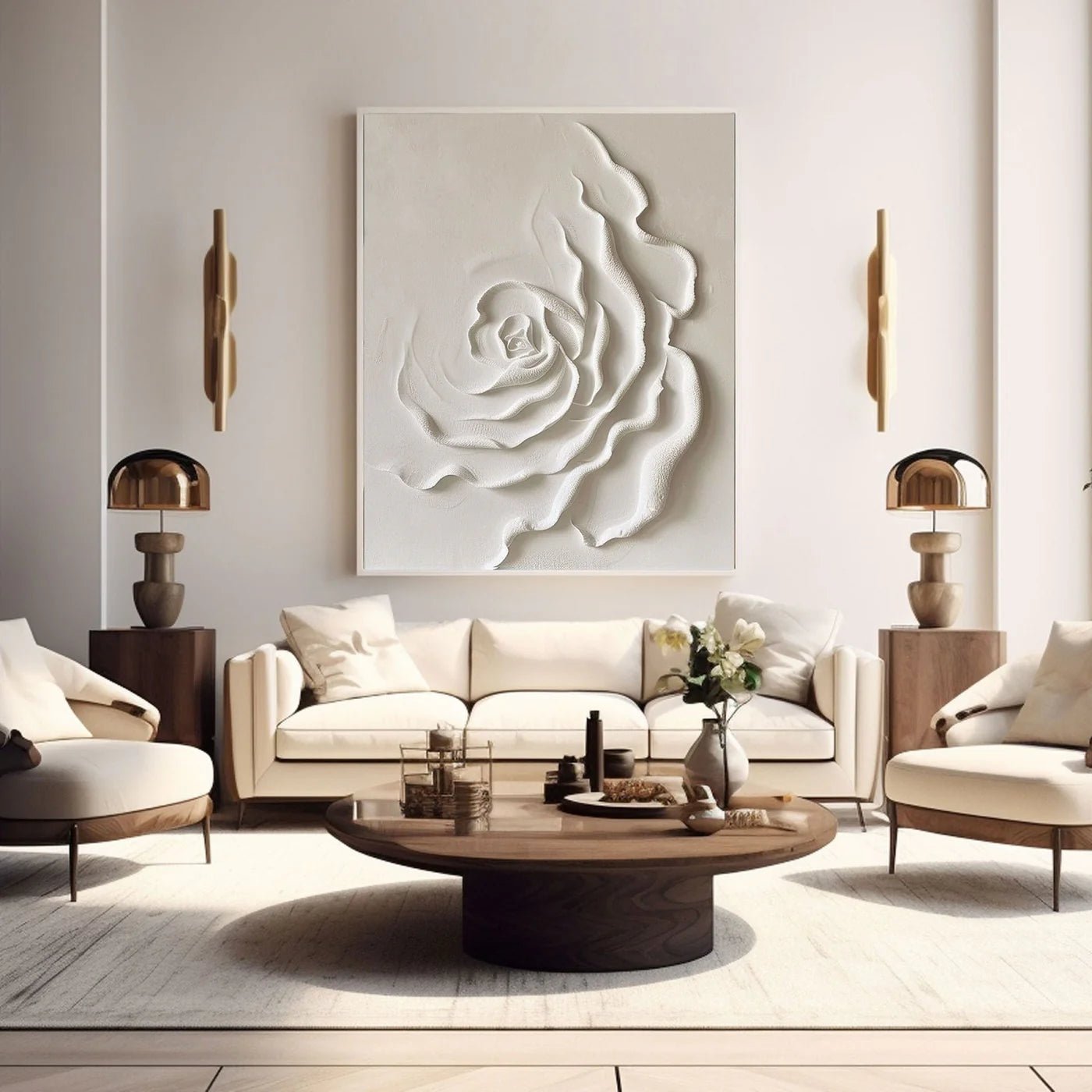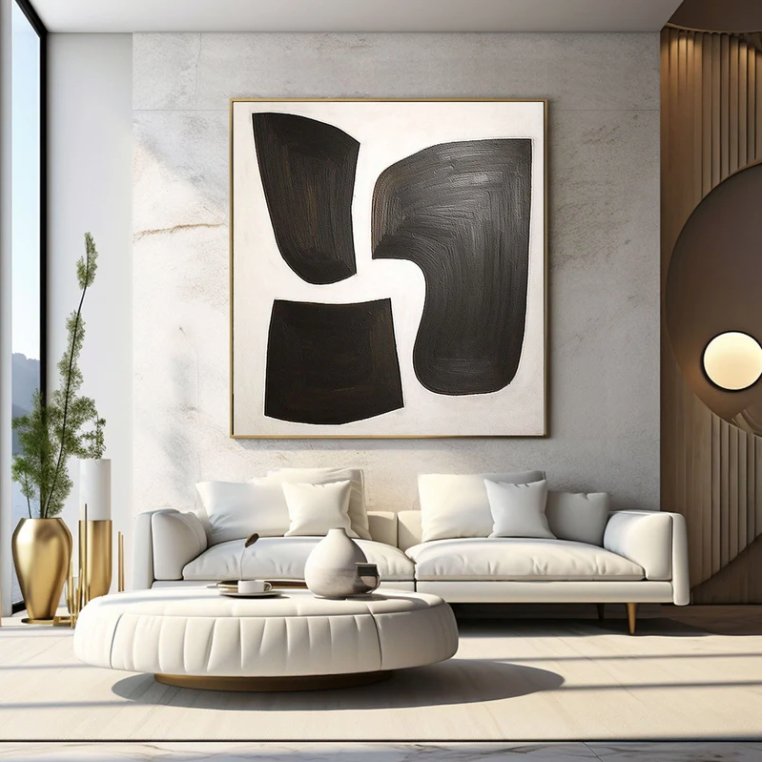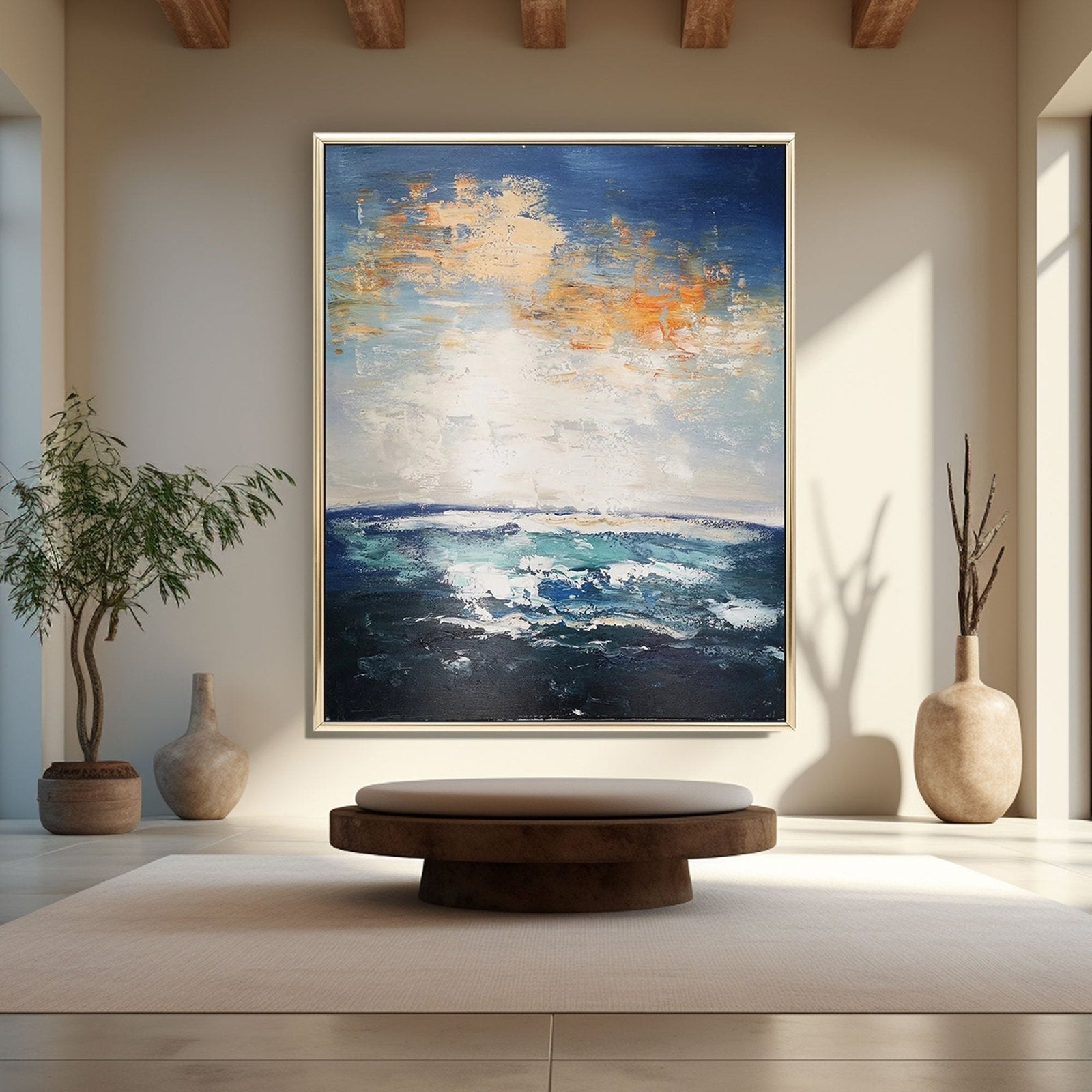
What Wabi Sabi Means
The concept of wabi-sabi is an old one that originates from Japanese tradition. Wabi-Sabi has to do with embracing the imperfections or blemishes of life. The instinct to look for the flaws in objects or things around us impacts the way we view things aesthetically.
The concept holds that every beautiful thing has a flaw, and many people today incorporate the wabi-sabi concept into various aspects of their lives. It is even becoming quite prominent in the world of modern home decor, and you can find signs of wabi-sabi style decorations in several homes. Let’s take a more in-depth look into the concept of wabi-sabi.
What Is Wabi-Sabi?
Wabi-Sabi is a concept that encompasses Japanese design, art, culture, emotions, and philosophy, into one. The concept basically holds that imperfections can also express beauty. Which means that, something that is not perfect, or has flaws, can also have a certain natural beauty to it.
For individuals that have been to Japan before, you might have discovered that their people appreciate the natural beauty of things, whether animate or inanimate. It is not weird to find misty landscapes, molded wabi-sabi furniture, or broken bowls in a regular home in Japan.
This is because the Japanese believe everything in life, animate or inanimate, will eventually become imperfect as they age. They believe that with age comes beauty. Even after a wall or crockery set gets worn out with age, it has its own elegant charm that it contributes to the environment.
The term Wabi-Sabi is taken from the Japanese words Wabi, which translates to “less is more,” and Sabi, which means “attentive melancholy.” The wabi-sabi concept preaches that humans should be aware of the transient nature of earthly things, and a corresponding beauty that appears in impermanence.
Contemporary aesthetics tend to lean more towards perfection and complexity. However, wabi-sabi art has to do with embracing impermanence, imperfection, and simplicity. Hence, there is a contrast between contemporary aesthetics and wabi-sabi art.
Wabi-Sabi art presents itself as an alternative to the modern days’ fast-paced, mass-produced, artificial world. It reminds us to slow down and derive pleasure in the simple, natural beauty around us.

The Philosophy Behind Wabi-Sabi
The philosophy behind the wabi-sabi concept stems from two major Japanese stories. These stories depict the origin of the wabi-sabi concept in Japan. The first story takes us back to the ancient Japanese tea ceremony. Back then, in the 14th century, the tea ceremony was a major affair in Japan.
Initially, at the start of the tradition, highly luxurious objects that were perfectly shaped were imported from China for the ceremony. However, a Zen monk, Murata Shuko, later developed a simpler version of the tea ceremony. His version chose to serve tea using local, handcrafted utensils. These handcrafted items had many imperfections.
At first, many didn’t adopt this version. However, in the 16th century, that changed. A master named Rikyu decided to replace his luxurious Chinese tea wares with locally crafted ones. In addition to that, he also set up his tea pavilion in a location that seemed like a peasant’s home. That is the first story.
The second story is also similar to the first. In this story, Sen no Rikyu played an essential role in the adoption of wabi-sabi culture. The monk wanted to learn the ancestral tea ceremonies from a master, who asked him to take care of a garden during the process.
When Rikyu was about to present his assignment to his master, he shook a cherry tree in the garden and some sakura flowers fell to the ground. The imperfection caught in that short scene brought a new kind of ambience to the room, and was the start of the wabi-sabi concept in Japan.
Excellent examples of wabi-sabi design are Japanese Raku and Hagi pottery. Hagi pottery displays neutral colors and straightforward forms, whereas Raku ceramics are handmade and have dark hues and an uneven, rough, and cracked appearance.
The artistic development of dry garden stones and kintsugi (the technique of using gold to mend shattered artifacts) is also a modern application of wabi-sabi art. Drawing attention to an object's flaws is a method to honor and value it. Breakage in the Kintsugi context signifies regeneration by emphasizing it, rather than hiding it. It represents the start of a brand new cycle.
Key Elements Of Wabi-Sabi
Some of the core principles of the wabi-sabi concept include:
● Simplicity
There is always a layer of beauty even in the most simple things. Simplicity is one of the core elements of the wabi-sabi concept. The culture expresses that there doesn’t need to be complexity in everything, and there is a natural beauty that comes from simple things.
● Passage Of Time
Another of the key elements of the wabi-sabi concept is that it follows the natural order of aging. That is, things are supposed to get old and worn out with time. The culture holds that everything becomes more beautiful as it ages.
For example, in many areas of Japan, people neglect to add a fresh layer of paint on their walls when it wears off because they appreciate the beauty within the natural aging process. This is wabi-sabi wall art.
● Natural Processes
Natural processes are also a key element of wabi-sabi culture. The concept encourages people to allow things to happen naturally. For example, if a bowl falls off the table and gets chipped at its edges, it is a natural process and depicts the beauty of wabi-sabi texture art.
Incorporating Wabi-Sabi Into Home Decor
Here are some helpful practical tips for incorporating wabi sabi artwork into your home decor:
Materials
For your home to have a wabi-sabi design, the building materials, decorative objects, and furniture, must be sustainable, organic, and friendly to the environment. You can also incorporate the use of local materials during construction to further delve into the wabi-sabi culture.
Although wabi-sabi designs require local raw materials, you can also introduce some noble materials like silk, or leather into your wabi-sabi textured workart. However, make sure you use them in neutral tones or colors, and not too excessively, so as not to divert from the core wabi-sabi belief.
Texture
Texture is also something you need to understand when incorporating wabi-sabi design into your home. Textured wall art doesn’t necessarily mean textured art on canvas alone, you can also work with a white textured wall art, or use wall finishes to add that touch of texture. If you don’t want your walls to have texture directly, you can simply hang a textured painting on the natural wall to introduce the wabi-sabi design.
Functionality And Simplicity
When buying materials and furniture for your home, go for simple and functional items, as this is what the wabi-sabi culture entails. The items you use in your home should have basic uses, and shouldn’t be too complex. For example, getting a simple wooden table for meals.
Related Products From Nuke Art
Here are some spectacular products from Nuke Art that you can use to introduce wabi-sabi culture into your home:
1. Green Abstract Art
Abstract art pieces with natural and earthy tones perform wonders when introducing elements of wabi-sabi into your home. The earthy tones and texture of these abstract pieces perfectly embody the key principles behind the wabi-sabi culture.
Green abstract art brings about a calming effect and organic feel into any home. These art pieces help to soothe the mind, and produce relaxing effects that help you notice the beauty in nature around you.

2. Colorful Paintings
Normally, bright colors don’t go too well with wabi-sabi home decor. Wabi-sabi is more inclined towards natural earthy tones. However, that doesn’t mean you can not introduce colorful textured art into your home. You can use bold colors, but they have to be harmonious and balanced, while still maintaining its imperfectness.
Colorful paintings of this nature add a bit of character and uniqueness to your home decor. Adding a touch of color to that tone-on-tone effect can seem as a beautiful imperfection in your home.
Benefits Of Wabi-Sabi In Modern Living
There are many advantages the wabi-sabi culture brings to modern life today. Some include:
● Mindfulness and Appreciation
Many human beings love to pick out the faults in things. In some cases, this can be a good thing. However, that isn’t so all the time. The wabi-sabi concept teaches us how to be mindful of the little things around us, and how to show appreciation even in imperfection.
● Sustainability and Eco-Friendliness
Another way the wabi-sabi culture is beneficial to modern day living is that it promotes sustainability and eco-friendliness. In this age today where many people around the world pay a lot of emphasis on the environment and sustainability, this is undoubtedly a positive effect.
● Reduces Need For Perfection
The wabi-sabi culture is also helpful in the sense that it reduces people’s need for perfection. If people are not really bothered and even appreciate imperfect objects, many lives will be more relaxed and fulfilling. It also promoted things like repair instead of replacement.

Conclusion
The essence of the wabi-sabi culture lies in simplicity, imperfection, and impermanence. It is a culture that originated from the tea ceremonies in Japan, and it emphasizes discovering the beauty in simple, old, and imperfect things. In this fast-paced world today, the wabi-sabi concept encourages people to slow down and appreciate the beauty around them.
If you are looking for a place to get the best pieces that resonate with the wabi-sabi philosophy, Nuke Art has got you covered. Explore our wonderful collection on our website today to find unique and amazing wabi-sabi art pieces.




